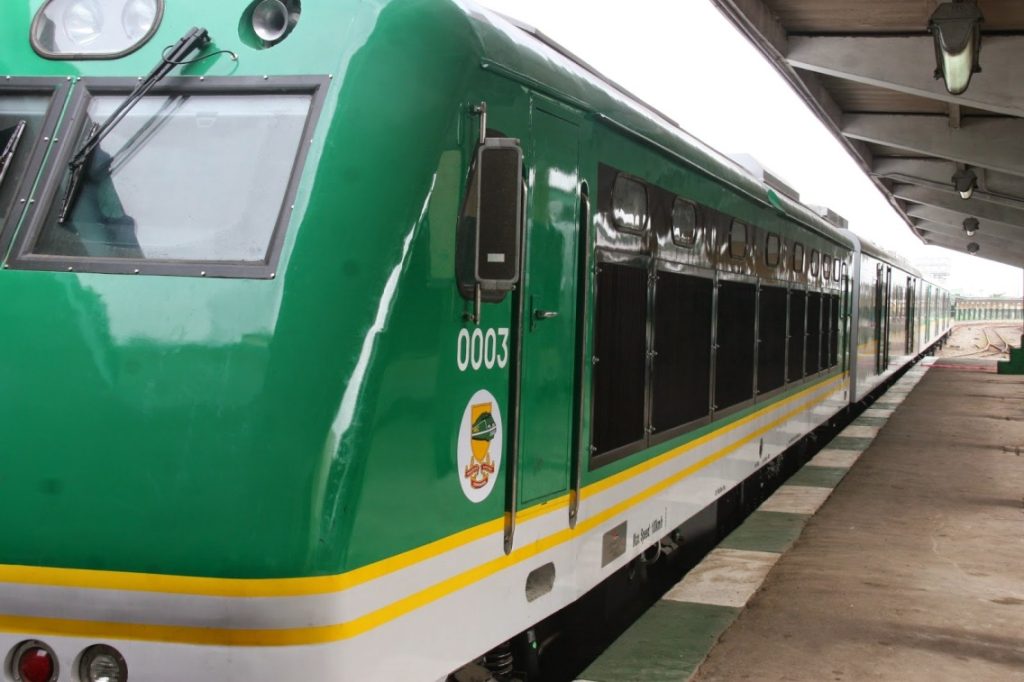Nigeria’s Minister of Transportation, Senator Said Ahmed Alkali, has revealed that the nation’s railway system has the potential to overtake the oil sector as the country’s primary revenue source in the near future. This statement was made during an inspection tour of the Kano-Daura-Maradi rail project, where the Minister was accompanied by members of the Senate Committee on Land Transportation.
Senator Alkali noted that numerous state governments are already making significant investments in the rail sector, with Lagos, Plateau, and Kaduna among the states actively working to expand their railway networks. He emphasized the government’s strategy of unbundling the railway sector to encourage private sector involvement, coupled with the federal government’s substantial investment in railway infrastructure.
In addition to the rail project, the Minister highlighted plans to equip students at the University of Transportation in Daura with specialized training, preparing them to take over Nigeria’s transportation system. He also reported notable progress on the rail construction since his last visit, adding that compensations for those affected along the construction corridor are being processed.

The Chairman of the Senate Committee on Land Transportation, Senator Adamu Aliero, expressed the committee’s full support for the project, which he believes will bring significant economic benefits to Nigeria. While impressed by the progress made, Senator Aliero noted that there is still much more work to be done, especially in expanding facilities at the University of Transportation, Daura, to accommodate the growing number of students.
The Kano-Maradi railway project, with a budget of over $1.9 billion (N400 billion), is scheduled for completion by December 2026. The Nigerian government is contributing 15% of the project’s cost, with the remaining 85% sourced through a loan that will be repaid over 50 years. The new railway line, spanning around 400 km with 13 stations, will connect Kano and Jigawa states to Maradi in Niger, promoting the integration of rail with existing road transport to improve passenger and cargo movement.
Once completed, the railway is expected to transport approximately 9,300 passengers and 3,000 tons of freight daily, boosting agricultural and manufacturing growth along its route.


